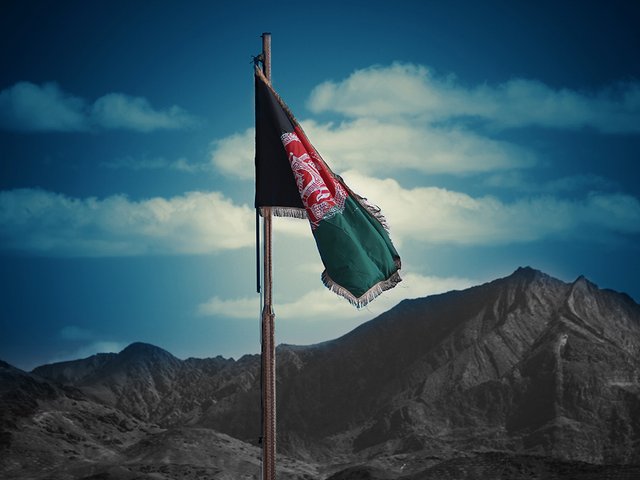The US has imposed emergency import restrictions barring entry into the US of certain Khmer stone archaeological material without an export license from Cambodia, effective 2 December 1999. The restrictions were imposed following a determination by the US Information Agency (USIA) that the situation regarding pillage of such items in Cambodia is an emergency.
Cambodia is the first country in east Asia to seek US help in protecting its cultural property. Pillage is jeopardising the nation’s cultural patrimony, the government of Cambodia told the US in its request for import controls, which the USIA announced in May 1999.
Monuments and sites in Cambodia such as Banteay Chhmar, and Angkor, a World Heritage site, are being damaged and destroyed by the removal of sculpture and architectural elements from ancient Khmer temples for the illicit market, the USIA has found.
The material being looted illustrates the Khmer culture’s “high degree of artistic, social and economic achievement” and “profound religious and social beliefs” during the development, expansion and decline of the Angkorian Empire, the USIA says.
The restricted objects include archaeological elements, freestanding sculpture, and stela, ranging in date from the sixth through to the sixteenth century AD.
Both the US and the Kingdom of Cambodia are parties to the 1970 UNESCO Convention on the Means of Prohibiting and Preventing the Illicit Import, Export and Transfer of Ownership of Cultural Property. The US implements the treaty by, among other means, considering requests from other State parties for restrictions on import into the US of cultural property which is in danger of being pillaged.
If an emergency situation is found to exist, then the US, under the US Convention on Cultural Property Implementation Act, can bar the import of categories of archaeological or ethnological materials following the filing of public notice in the Federal Register.
Customs regulations have now been amended to require that the listed Khmer stone archaeological materials not be imported into the US unless accompanied by a valid export permit from Cambodia or evidence that the material left Cambodia before the imposition of the import restriction.
If an importer cannot produce the required evidence, the materials are to be taken into custody and, if the documentation is not produced within the required time period, seized and forfeited to the United States.
The list of barred items published in the Federal Register, which is “representative only,” includes Khmer stone objects (largely made of sandstone) from the pre-Angkorian (sixth- to ninth-century), Angkorian (ninth- to fourteenth-century) and post-Angkorian (fourteenth- to sixteenth-century) periods.
Stone was used for religious architecture in the pre-Angkorian and Angkorian periods. The import restriction applies to stone pediments, lintels, columnettes, pilasters, antefixes, balustrade finials and wall reliefs. Also restricted are the “false doors” making up three out of every four doorways of Khmer temple sanctuaries (though sculpted to look like doors, they do not open) and other decorative items including wall spikes, roof tile finials, sculpted steps and other architectural decorations.
The restrictions apply to freestanding sculptures, including human, hybrid and animal figure forms, votive objects and pedestals. Foundation deposit stones, which could contain deposits such as gold or precious stones and which were placed under statues, temple foundations and temple roof vaults, are protected. Also subject to the restriction are stela including sculpted stela and stela with inscriptions, from pre- to post-Angkorian times.
The Federal Register Notice listing the Khmer material subject to the import restriction may be accessed at http://e.usia.gov/education/culprop/cb99fr03.html.
The US was the first major art-importing country to ratify the 1970 UNESCO Convention. France was the first major market nation in Europe to do so. The US has also imposed import restrictions on materials from Mali, Guatemala, Canada, Bolivia, El Salvador and Peru, and is considering a request for import restrictions from Italy.
Originally appeared in The Art Newspaper as 'Khmer import restrictions'


